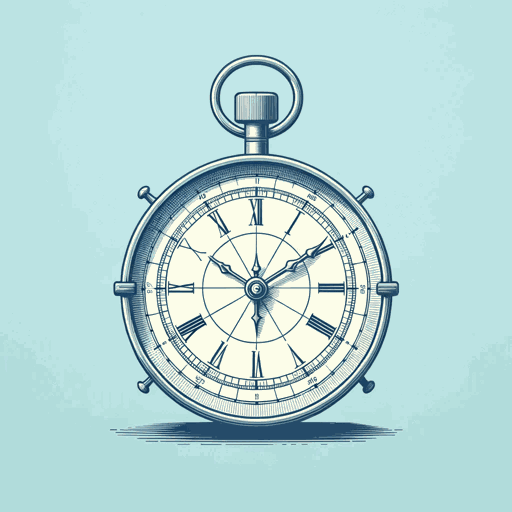68 pages • 2 hours read
Dava SobelLongitude: The True Story of a Lone Genius Who Solved the Greatest Scientific Problem of His Time
Nonfiction | Book | Adult | Published in 2005A modern alternative to SparkNotes and CliffsNotes, SuperSummary offers high-quality Study Guides with detailed chapter summaries and analysis of major themes, characters, and more. For select classroom titles, we also provide Teaching Guides with discussion and quiz questions to prompt student engagement.
Chapters 11-15Chapter Summaries & Analyses
Chapter 11 Summary: “Trial by Fire and Water”
The somewhat priggish and meticulous Nevil Maskelyne studied religion at Trinity College, Cambridge, but his lifelong passion was astronomy. With his friend James Bradley, the third director of Greenwich Observatory, he helped perfect the tables of celestial objects that could be used to determine longitude. On a voyage to the island of St Helena in the South Atlantic in 1761, the Reverend Maskelyne proved that the celestial system had great promise. (He also made several important astronomical discoveries.) He and Bradley wanted badly to win the longitude prize.
By late 1761, the Seven Years’ War was raging around the world and at sea. Nevertheless, John Harrison’s son William accompanied their new sea clock, H-4, on a voyage to Jamaica aboard HMS Deptford. The clock proved accurate—in 81 days it lost only five seconds—and the ship’s captain offered to buy the first such device produced for sale. On the return trip, rough weather wetted H-4, but it kept ticking and lost only two minutes altogether, well within the requirements of the longitude prize.
The Board of Longitude met to consider the data.
Related Titles
By Dava Sobel



